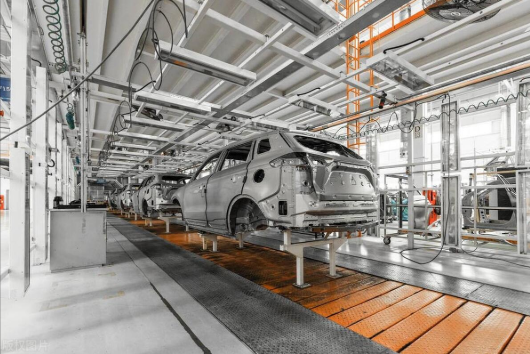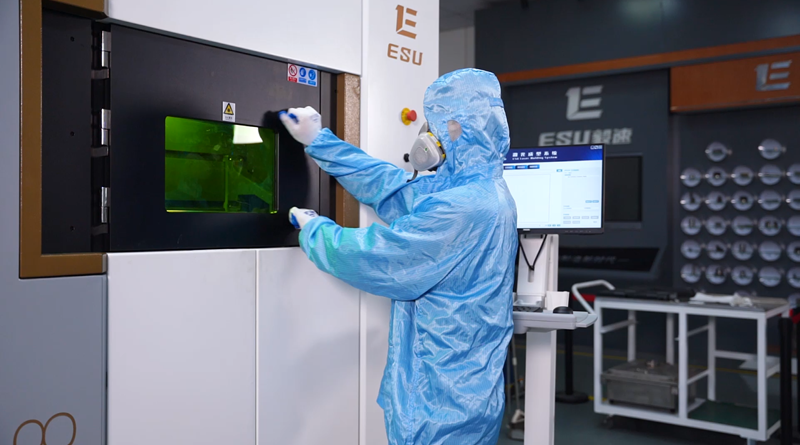In recent years, additive manufacturing (3D printing) technology has rapidly emerged in various fields such as aerospace, automotive manufacturing, electronic information, and healthcare, thanks to its unique way of stacking materials layer by layer. This technology not only enables efficient and flexible production of complex shaped components, but also significantly improves the production efficiency and flexibility of the manufacturing industry.

However, in the field of precision machining that pursues ultimate precision, the performance of additive manufacturing technology is still difficult to compete with subtractive manufacturing technology. Subtractive manufacturing can easily achieve extremely high precision and surface quality by removing excess materials through cutting, grinding, and other processes, while additive manufacturing requires continuous upgrading of printing equipment and compatible materials to improve accuracy. In industries such as precision machining of machine tools, the requirement for μ - level accuracy is commonplace, and subtractive manufacturing technology can even achieve ultra-high precision of 10-0.1 μ m. In contrast, additive manufacturing still has room for improvement in accuracy.

However, it is worth noting that the combination of additive and subtractive technologies can generate unexpected chemical reactions. Additive manufacturing produces almost no waste and excels in manufacturing complex structures, while subtractive manufacturing excels in high-precision processing. By combining the two, that is, using additive manufacturing technology to quickly form complex parts, and then precision machining them with machine tools, it can significantly reduce waste generation while ensuring the accuracy and surface quality of the final product. This model has been successfully applied in many industries, showing significant advantages.

Therefore, additive and subtractive collaborative manufacturing has become the new normal in the current manufacturing industry. By fully leveraging the complementary advantages of both, the manufacturing industry is moving towards more efficient and precise manufacturing.